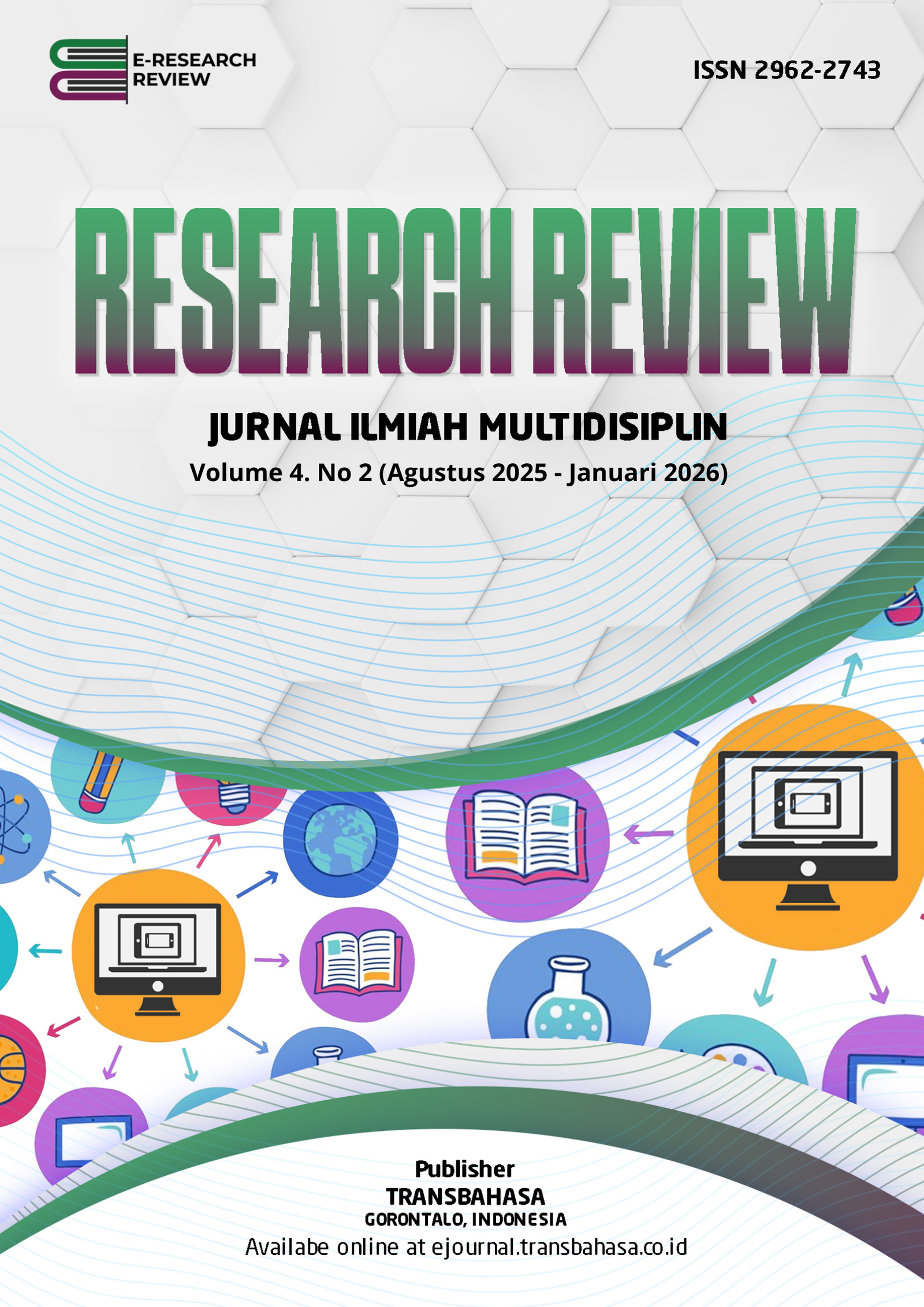Perbandingan Metode ARFIMA dan Metode ARIMA-FFNN (Studi Kasus: Harga Saham di PT. Telekomunikasi Indonesia Tbk)
DOI:
https://doi.org/10.54923/researchreview.v4i2.221Keywords:
ARFIMA, ARIMA-FFNN, Stock Price Forecasting, Time Series AnalysisAbstract
This study aims to compare the effectiveness of the Autoregressive Fractionally Integrated Moving Average (ARFIMA) model and the Autoregressive Integrated Moving Average–Feedforward Neural Network (ARIMA-FFNN) hybrid model in forecasting the stock price of PT Telekomunikasi Indonesia Tbk. Forecasting stock prices is a crucial aspect of financial decision-making since accurate predictions can support investors and policymakers in minimizing risks and maximizing returns. In this study, the ARFIMA(1,d,1) model and the ARIMA(0,d,2)-FFNN(0,2) hybrid model were applied to historical daily stock price data of PT Telekomunikasi Indonesia Tbk. The performance of both models was evaluated using the Mean Absolute Percentage Error (MAPE), which is widely recognized as a reliable metric for measuring prediction accuracy. The results revealed that the ARFIMA(1,d,1) model generated a MAPE value of 2.11%, while the ARIMA(0,d,2)-FFNN(0,2) model achieved a significantly lower MAPE value of 1.28%. These findings indicate that the hybrid ARIMA-FFNN approach provides more accurate forecasting results compared to the ARFIMA model. Therefore, the ARIMA(0,d,2)-FFNN(0,2) model can be considered a more optimal and reliable forecasting method for predicting stock prices in PT Telekomunikasi Indonesia Tbk. The results of this study highlight the potential of combining traditional time series models with machine learning approaches to enhance forecasting accuracy in financial markets.







